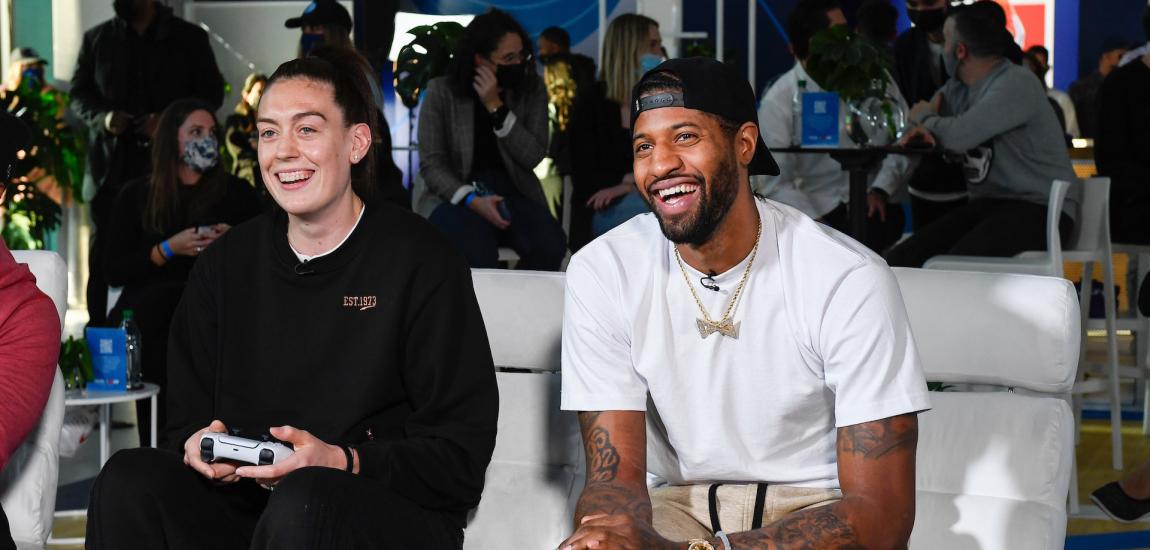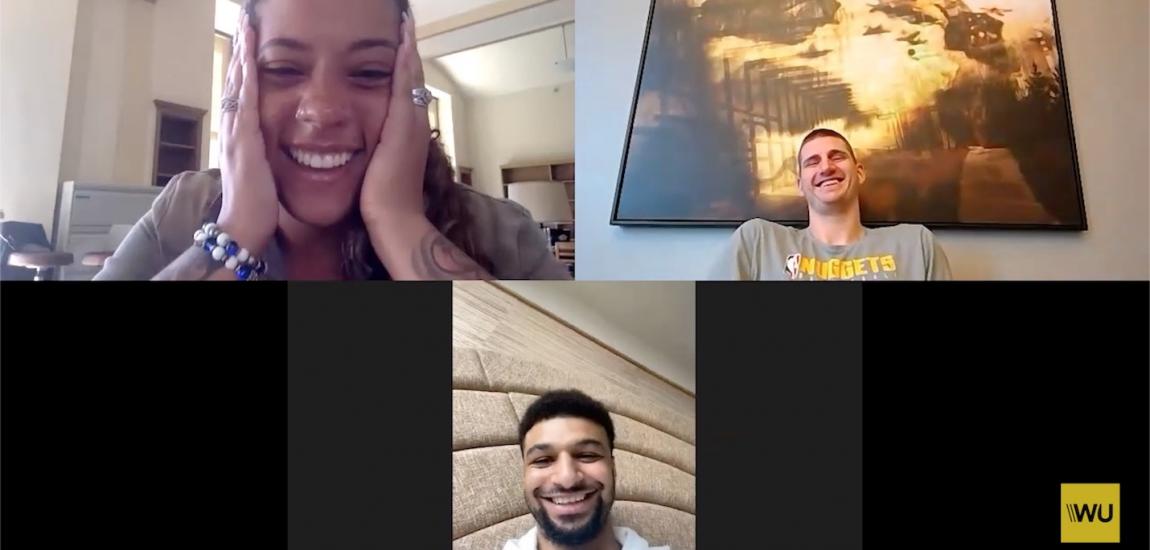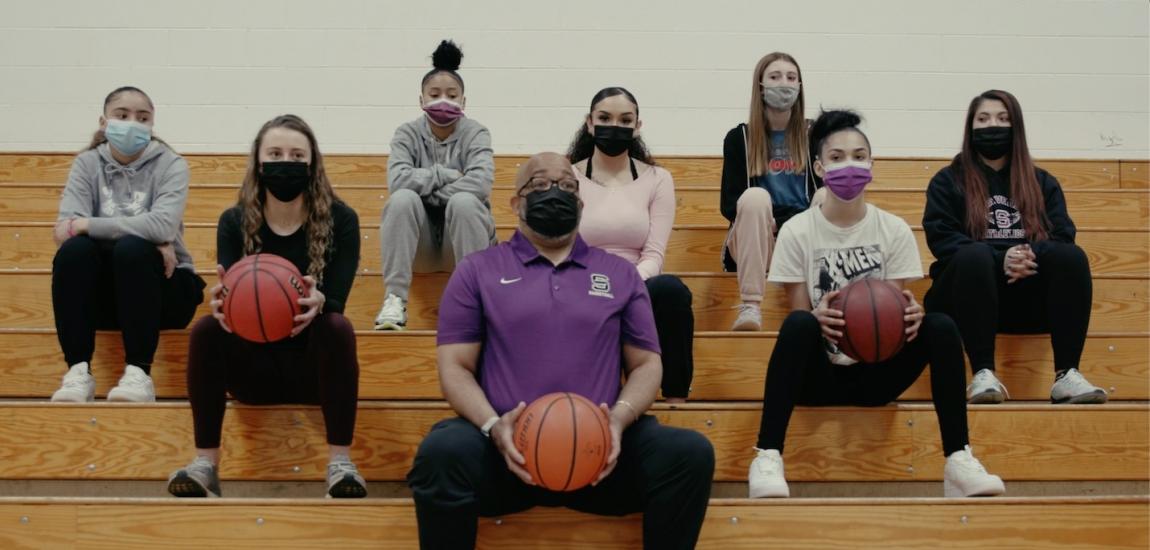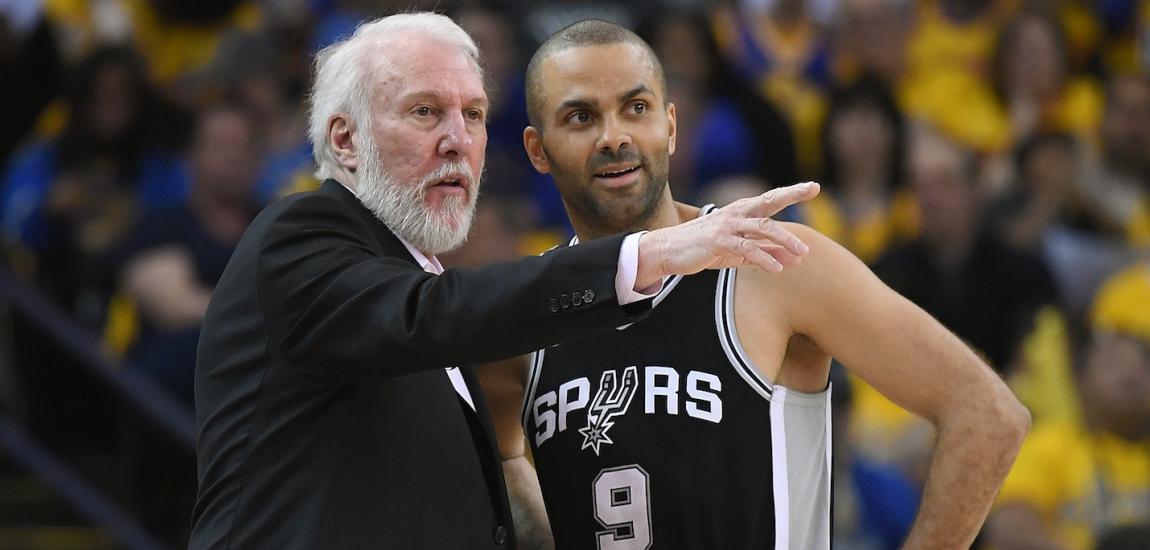
The free throw. It's either a basketball player's best friend or worst enemy.
While shooting percentages of the uncontested 15-footer have steadily increased since the beginnings of the NBA -- the league average is better than 75 percent in nine of the past 10 seasons -- some of its best players still struggle with the shot.
Cue Hall of Famer Rick Barry, who famously converted 90 percent of his attempts during his 14-year pro career, all while tossing them "granny style." Still No. 3 on the all-time list behind ex-Cav Mark Price and current Laker Steve Nash, Barry thinks more players should be shooting underhanded to increase their free-throw percentage.
"If you're shooting 80 percent or better, great," he says. "If you can't shoot 80 percent, you're not a good free-throw shooter, that simple. If you can't shoot in the mid-70s, you need to think seriously about it. If you're a 60-percent, 50-percent free-throw shooter, by God, you should try anything."
And so, Barry persists in passing along the technique for which he is most remembered, step-by-step:
First and foremost, regardless of which free-throw style, Barry says you need a routine.
"Every shot that you take, you have to take it exactly the same way every single time the ball is placed into your hands," he says. "I don't care if it's bounce the ball off your head three times, bounce it off your stomach, kick it with your knee, I don't care what your routine is, you have to do it every single time."
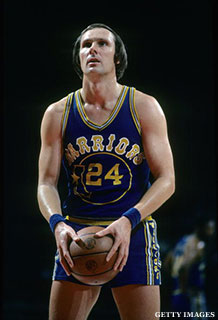
Barry thinks the mental game is a big aspect of free throws. He says having a set routine is important because in a critical moment, you won't think about making them, but rather simply go through a consistent and familiar progression.
"The last thing you want to be worried about is, 'Oh, God, I've got to make these to tie the game, or win the game,'" he says. "Go into your routine, like you've practiced thousands and thousands and thousands of times. So your entire being is focused on what? Your routine, not the situation."
With his trademark underhand technique, Barry says the shooter has to be old enough to hold the ball properly. As he explains it, the shooter's palms should not go underneath the ball with what may come to mind with the typical granny shot.
"Your hands have to be big enough to get over the top of the ball properly," says Barry. "And your thumbs should be even."
Next, the arms.
"Everything you do in the game, at least if you're playing it properly, your arms are up in an unnatural position," he explains. "You've got your arms up playing defense, you're shooting the ball up there, you're rebounding up there, and during the course of a game, you're going to get a little tired. When I get to the free-throw line, my arms are hanging down in a totally, completely relaxed, natural position. So I'm not going to get tense and tighten up or anything, because I'm in a totally natural position."
Rather than shooting the free throw with just one hand like every other shot in the game, with his method Barry emphasizes the benefits of using both.
"I control the flight of the ball with two hands, not one," he says. "The technique itself is a soft shot, and it's feel, so much feel, and control.

"The way I teach it is you open up the basket -- the ball has a chance to go in the entire circumference of the basket ... almost two balls can fit in the basket. When you shoot flat, the first-third of the basket is taken out of play, and in essence, you're shooting at a smaller target. And, it's not as soft a shot. [It's] not necessarily a higher arc, but the way that the ball comes, it's coming from such an angle that as it goes up there, the arc is pretty good on it, so you still have a good portion of it that it can go in, but it's a much softer shot. If I shoot a free throw and I missed it a little bit and it hits the rim, the ball hits very softly. If you take a shot and shoot it from up high and go to the basket, it's going to hit much harder than it would going underhand, much, much softer.
After taking a comfortable base, feet spread comfortably apart about shoulder-width, Barry continues his routine by taking a deep breath and positioning his wrists correctly. Then he dips down and prepares to release the shot.
"Just before I'm ready to shoot, I would just make a little cock of the wrist, which puts it into a total natural position, and it was kind of like my trigger to go," he says. "When I bend, there's no motion. There's no movement of my arms, there's no movement of my hands – nothing happens. As I come up, I start to take my arms and swing my arms toward the basket, and that's where you get the feel, to how much effort do I have to put into that arm swing. That's where you have to practice."
Last comes the roll.
"Then it's a matter of the feel of when I actually take my hands and, when I get to about chest level -- parallel to the floor -- I just roll my hands together, and finish," he says. "It's that simple."
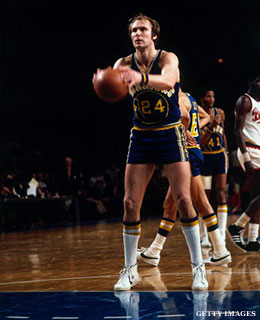
Barry, selected as one of the NBA's 50 greatest players in 1996, has a few last pieces of advice about his signature shot.
"It's like anything else," he says. "If you're going to try to do it, you've got to go out, come and learn the technique and then you have to go out and practice it over, and over, and over again. Just make sure you're practicing it properly. But it's repetition. The more you shoot it, the better you're going to get. It's like riding a bike, you never forget how to do it. The whole thing to doing it, as I said earlier, you have to have the proper technique, then you have to practice it enough to get the feel, and you have to continue to practice until you gain confidence in yourself that you're going to make it. And once you get that, it just keeps getting easier and easier and easier. You have to believe in yourself that you're going to make every one that you take. I never, ever thought I was going to miss a free throw.
"Anybody -- anybody -- can become a good free-throw shooter. If you have somebody working with you on the proper technique and you practiced it enough and get confident in yourself, you can be a good free-throw shooter. Your size means nothing. It's your technique."

